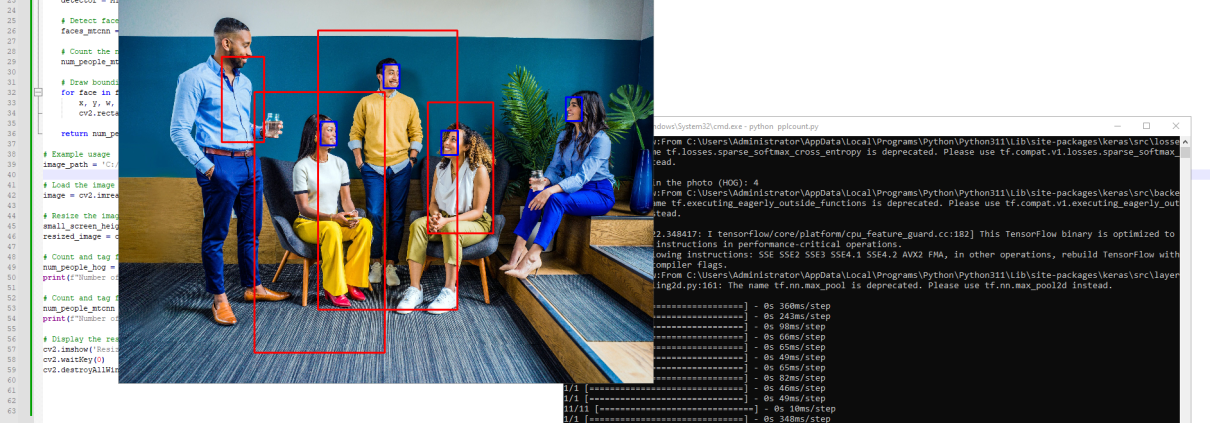Face Detection with HOG and MTCNN
Exploring Face Detection Techniques: HOG vs. MTCNN
Face detection is a fundamental task in computer vision with applications ranging from security systems to social media. Two popular methods for face detection are Histogram of Oriented Gradients (HOG) and Multi-task Cascaded Convolutional Networks (MTCNN). In this blog post, we’ll delve into both techniques, providing an overview of their principles and showcasing Python code for each.
Histogram of Oriented Gradients (HOG)
Understanding HOG
HOG is a feature descriptor widely used for object detection. It works by analyzing the distribution of gradients in an image, making it particularly effective for detecting objects with distinct shapes and textures.
How it Works
The HOG algorithm divides an image into small, overlapping cells, computes the gradient orientation within each cell, and then creates a histogram of these orientations. These histograms are then concatenated to form the final feature vector, which is used for training a support vector machine (SVM) or another classifier.
Python Code Example
We’ll begin by exploring HOG-based face detection using OpenCV in Python. The provided code loads an image, applies the HOG detector, and draws bounding boxes around detected faces.
Multi-task Cascaded Convolutional Networks (MTCNN)
Understanding MTCNN
MTCNN is a deep learning-based face detection model designed to handle various face orientations and scales. It consists of three stages: face detection, bounding box regression, and facial landmark localization.
How it Works
MTCNN operates in a cascaded manner, with each stage refining the results of the previous one. The first stage detects potential face regions, the second stage refines the bounding boxes, and the third stage locates facial landmarks. The combined information provides accurate face detection.
Python Code Example
Next, we’ll explore face detection using MTCNN with the help of the `mtcnn` library in Python. The code loads an image, applies the MTCNN detector, and displays the image with bounding boxes around detected faces.
Choosing the Right Method
While both HOG and MTCNN are effective for face detection, each has its strengths and limitations. HOG is robust and computationally efficient, making it suitable for real-time applications. On the other hand, MTCNN excels in handling diverse face orientations and is well-suited for scenarios where faces may appear at different scales and angles.
In the accompanying Python code, we showcase how to implement both techniques and provide insights into their usage. Feel free to experiment with the code and explore which method best fits your specific use case.
Continue reading for a detailed walkthrough of the code, usage instructions, and a discussion on factors influencing detection accuracy.





